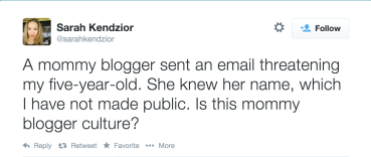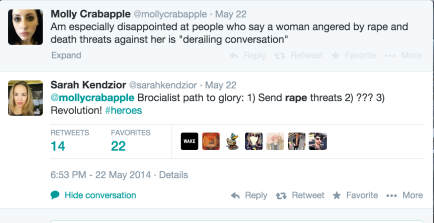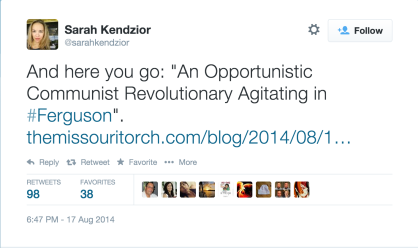WATCH: Dr. Kwame Ture (aka Stokely Carmichael) The Revolutionary | Like It Is, With Gil Noble [1996]
December 6, 2014
Gil Noble’s (1932-2012) legendary interview with Kwame Ture (Stokely Carmichael) (1941-1998) on ‘Like It Is.’ (1996)
Tags: The Democratic Party, Haiti, Voting, Organizing vs Mobilizing, Cuba, Capitalism, Racism















































Land Destroyer
November 15, 2014